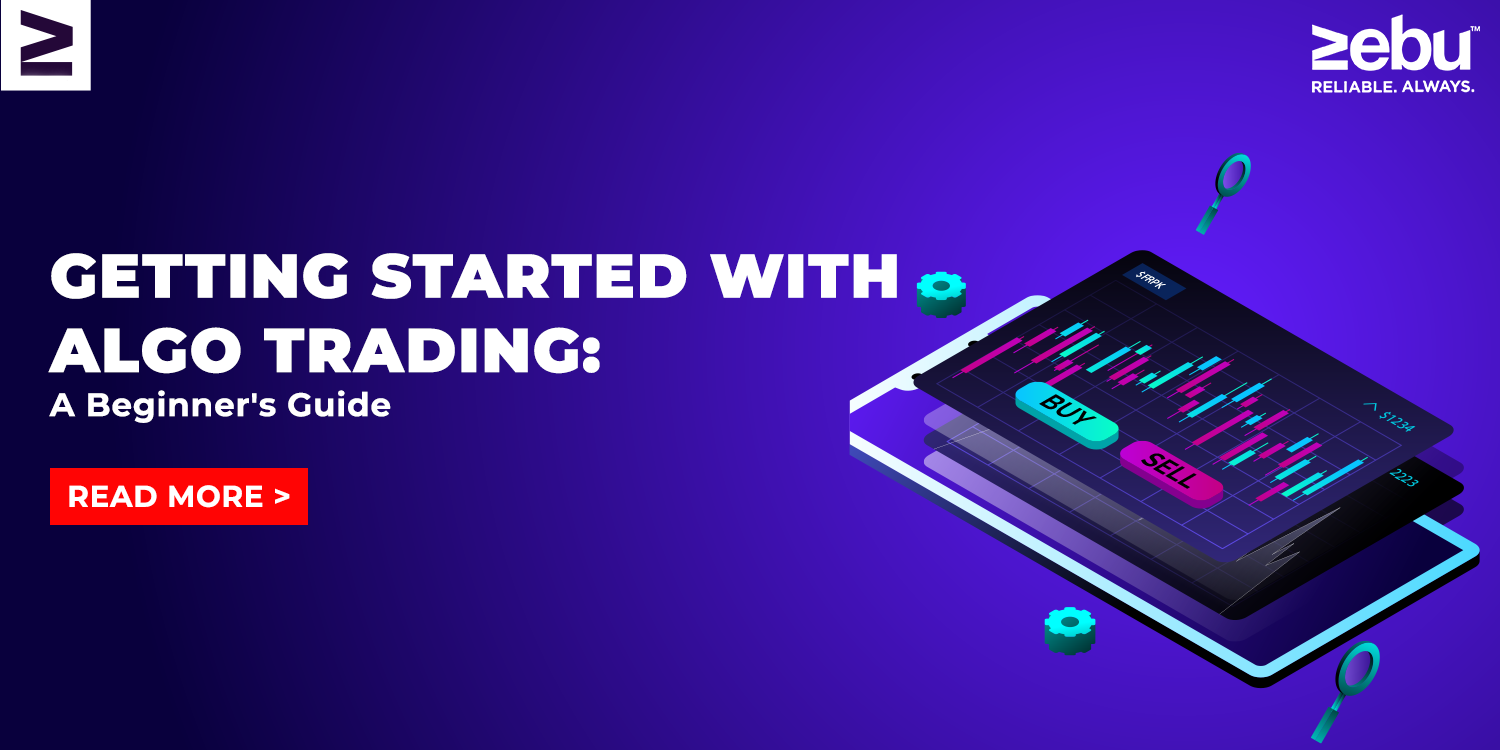
Large Cap vs Mid Cap vs Small Cap: Key Differences That Actually Matter
One of the best methods to gradually increase your money is through investing. However, did you know that one of the most effective and straightforward methods for increasing income is also one of the simplest? The idea of making interest on your interest is known as compound interest. The advantages of having your assets compound are listed below. Interest on interest creates speed Your money isn’t just sitting in an inactive account when you spend it. You are employing it. Furthermore, when your assets generate interest, that interest is reinvested into your account where it begins to generate interest of its own. This can have a snowball impact over time that can really build up. Long-term planning involves using compound interest Over the long run, compounding’s strength really manifests itself. Compounding may not be very helpful if you spend for a brief amount of time. Compounding, however, can help your money expand exponentially if you spend for many years. Using compound interest, you can achieve your money objectives Compound interest can assist you in achieving your objectives more quickly, whether you’re saving for retirement, a down payment on a home, or your child’s college schooling. You can hasten your funds and get where you want to be sooner by making interest on your interest. A inactive investment strategy is compound interest Compound interest is one of the best financial strategies because it takes little work from the investor. After making your original commitment, you can relax and watch the magic of compounding at work. You don’t have to constantly handle your investments or make difficult choices when it comes to your money. You can handle market instability with the aid of compound interest Buying can be a roller-coaster experience with ups and downs. However, you can more easily withstand market volatility if you spend for the long run and let your money compound. You can benefit from market downturns and emerge better on the other side by reinvesting your profits. There you have it, then. The advantages of allowing your assets to compound are numerous, and they can build up significantly over time. Compound interest is a potent instrument that can help you achieve your financial objectives, regardless of your level of investing experience or where you are in the process.







